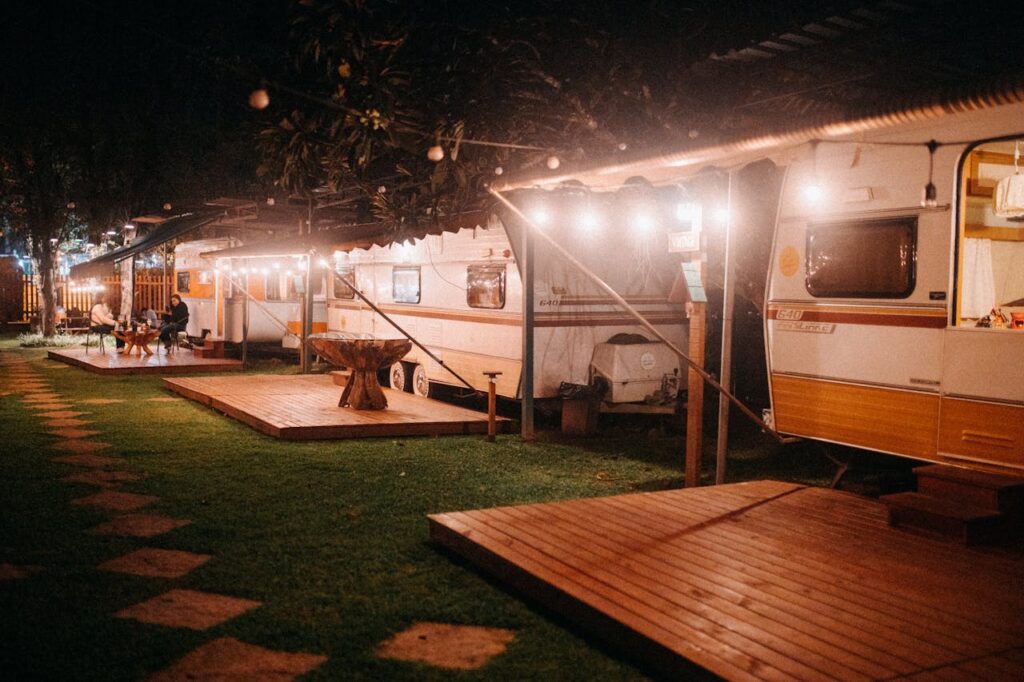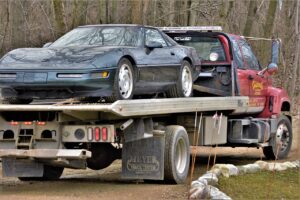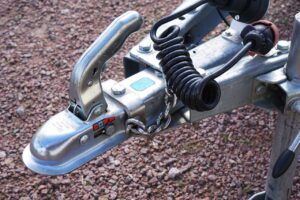Adding additional lighting to your trailer can enhance visibility, safety, and aesthetics. Whether you’re looking to improve nighttime visibility, add decorative lights, or increase safety features, it’s important to do so safely and correctly. This guide will walk you through the steps to safely add additional lighting to your trailer.
Plan Your Lighting Layout
Determine Your Needs:
- Safety Lighting: Consider adding extra brake lights, turn signals, side marker lights, and reverse lights to increase visibility and safety.
- Utility Lighting: Add work lights or interior lights for better visibility while loading and unloading.
- Decorative Lighting: Install accent lights to enhance the appearance of your trailer.
Create a Layout:
- Sketch a layout of where you want to place each light. Ensure that the placement complies with local regulations regarding trailer lighting.
Check Legal Requirements:
- Regulations: Verify that your planned lighting layout complies with federal and state regulations. The Federal Motor Vehicle Safety Standards (FMVSS) 108 outlines lighting requirements for trailers, including placement, color, and functionality.
- Select the Right Lighting Components
Types of Lights:
- LED vs. Incandescent: LED lights are more energy-efficient, durable, and have a longer lifespan compared to incandescent bulbs.
- Weatherproof Lights: Choose lights that are weatherproof and designed to withstand harsh environmental conditions.
Wiring and Connectors:
- Quality Wiring: Use high-quality, appropriately gauged wiring to handle the electrical load of the additional lights.
- Weatherproof Connectors: Use waterproof connectors and heat shrink tubing to protect the connections from moisture and corrosion.
Gather Necessary Tools and Materials
Tools:
- Wire strippers and crimpers
- Screwdrivers and drills
- Multimeter or test light
- Heat gun or lighter for heat shrink tubing
Materials:
- Additional lights (LED preferred)
- Wiring (appropriate gauge for load)
- Connectors and terminals
- Electrical tape and heat shrink tubing
- Cable ties and mounting brackets
Install the Additional Lights
Step-by-Step Installation:
1. Disconnect the Battery:
- Ensure the trailer’s electrical system is powered off by disconnecting the battery or unplugging the trailer from the towing vehicle.
2. Mount the Lights:
- Securely mount the new lights in the planned locations using mounting brackets or screws. Ensure they are properly aligned and secure.
3. Run the Wiring:
- Run the wiring from the new lights to the main wiring harness. Use cable ties to secure the wiring and prevent it from moving or getting damaged.
- Ensure the wires are routed away from sharp edges and hot surfaces.
4. Make the Connections:
- Strip the ends of the wires and use crimp connectors or solder to connect the new wiring to the existing harness.
- Use heat shrink tubing or electrical tape to insulate and protect the connections from moisture and corrosion.
5. Test the Lights:
- Reconnect the battery or plug the trailer back into the towing vehicle.
- Use a multimeter or test light to ensure all connections are secure and functioning correctly.
- Test each light to ensure it operates as intended.
Secure and Protect the Wiring
Protective Measures:
- Use split loom tubing or conduit to protect the wiring from physical damage.
- Apply dielectric grease to all electrical connections to prevent corrosion.
- Regularly inspect the wiring and connections for signs of wear or damage, especially after long trips or harsh weather conditions.
Perform a Final Inspection
Check All Lights:
- Ensure that all new lights are functioning correctly and that the wiring is secure and protected.
- Verify that the lighting system complies with all legal requirements and that the additional lights do not interfere with existing lights.
Road Test:
- Take the trailer for a short test drive to ensure that all lights operate correctly and remain secure under typical driving conditions.
Conclusion
Adding additional lighting to your trailer enhances safety and functionality, but it’s essential to do so safely and correctly. By planning your lighting layout, selecting the right components, and following proper installation procedures, you can ensure a reliable and compliant lighting system. For high-quality wiring harnesses and lighting components, visit WiringLabs and explore our range of reliable and durable products designed to meet your trailer’s needs.




